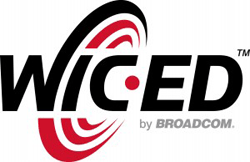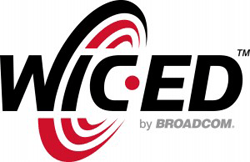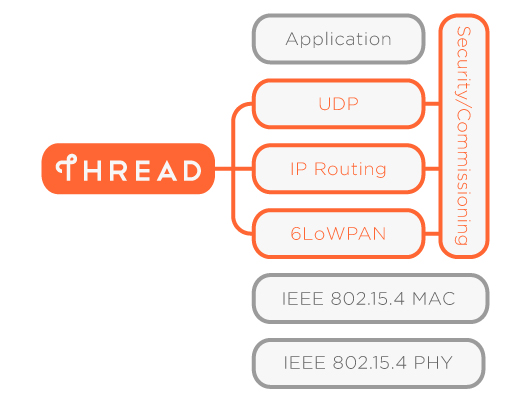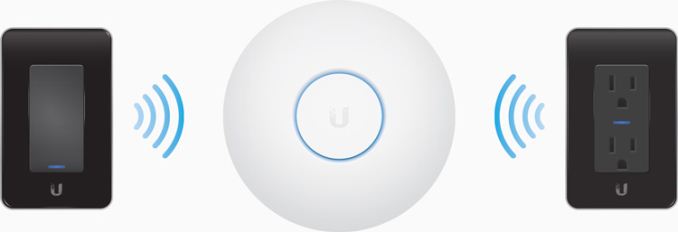Broadcom WICED Sense Boosts IoT Development Ecosystem
The Internt of Things (IoT) revolution is in the process of taking off in a big way with the rising popularity of wearables and home automation platforms. Different vendors have placed their bets on different radios / protocols for IoT. For example, Sigma Designs is heavily promoting Z-Wave, while Freescale and some other vendors are pushing 802.15.4 (ZigBee). Broadcom’s play in the IoT market is the WICED (Wireless Internet Connectivity for Embedded Devices) platform. The strategy involves a combination of Bluetooth and Wi-Fi, with Bluetooth being the primary focus.
The WICED platform has been around for some time now. A couple of days back, Broadcom announced an update in this category by launching a new development kit, the WICED Sense. In addition to the BCM20737 Bluetooth SiP, the kit also integrates five different MEMS sensors (gyroscope, accelerometer, e-compass, barometer and humidity/temperature measurement).
The kit is already FCC certified. It has a micro-USB connector for simplified application development. Apps exist for both iOS and Android. iBeacon support is also touted. Best of all, this kit is available for around $20, enabling enthusiasts and developers to economically develop and prototype their IoT product concepts.
Along with the product announcement, Broadcom also let us in on a select list of IoT products with communication enabled by their silicon.
-
Galaxy Gear2 by Samsung
- BCM4334 Single-Chip Dual-Band Combo Device Supporting 802.11n, Bluetooth 4.0+HS & FM Receiver
-
Smoke + CO Alarm by Nest
- BCM43362 WICED 2.4GHz Wi-Fi Controller
-
Wi-Fi Smart Thermostat by Honeywell
- BCM43362 WICED 2.4GHz Wi-Fi Controller
-
MyQ Garage Door Controller by Chamberlain
- BCM43362 WICED 2.4 GHz Wi-Fi Controller, BCM20702 Bluetooth Processor and BCM20732 Bluetooth SMART SoC
-
LED Smart Bulb by Lifx (X2)
- BCM43362 WICED 2.4GHz Wi-Fi Controller
-
LeapPad Ultra by Leapfrog
- BCM4319 single-chip device, with radio, MAC, baseband & integrated power amplifier (PA)
-
Halo Hearing Aid by Starkey
- BCM20732S WICED 2.4GHz Bluetooth SMART SIP Module
-
Toy Car by UPRTek
- BCM20732S WICED 2.4GHz Bluetooth SMART SIP Module
-
iGrill by iDevices
- BCM20737 WICED 2.4GHz Bluetooth SMART SoC
-
Nimbus by Quirky
- BCM43362 WICED 2.4GHz Wi-Fi Controller
-
ViSi Mobile System by Sotera Wireless
- BCM43341 Quad Combo Dual-Band (2.4 GHz/5 GHz) 802.11 g/n MAC/Baseband/Radio with Integrated Bluetooth 4.0, NFC & FM Receiver
-
Wi-Fi Weight Scale by Blip
- BCM43362 WICED 2.4GHz Wi-Fi Controller
The above list includes some of the hottest IoT products in the market right now. Z-Wave and ZigBee have been around for a long time. But, it is Wi-Fi which is helping IoT products reach out to a larger market. Bluetooth support enables a different kind of IoT use-case where the device is better off communicating with a smartphone or similar mobile device directly. Broadcom seems well set to target this market with a comprehensive solution set for all kinds of IoT developers (from the enthusiast in his garage to companies delivering high-volume products).









